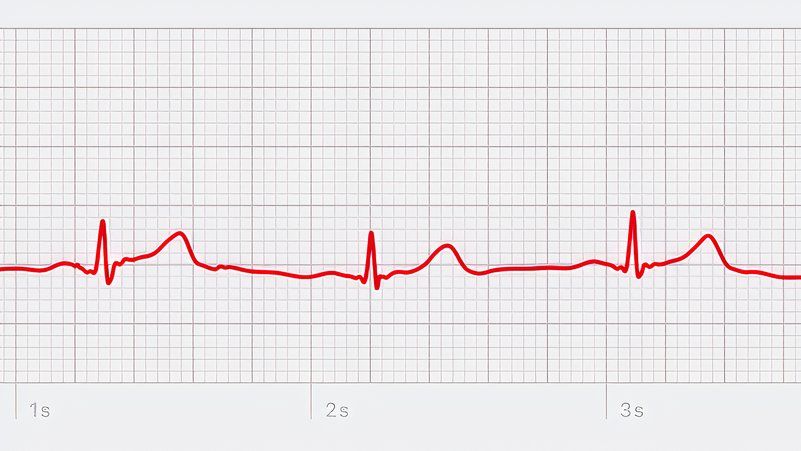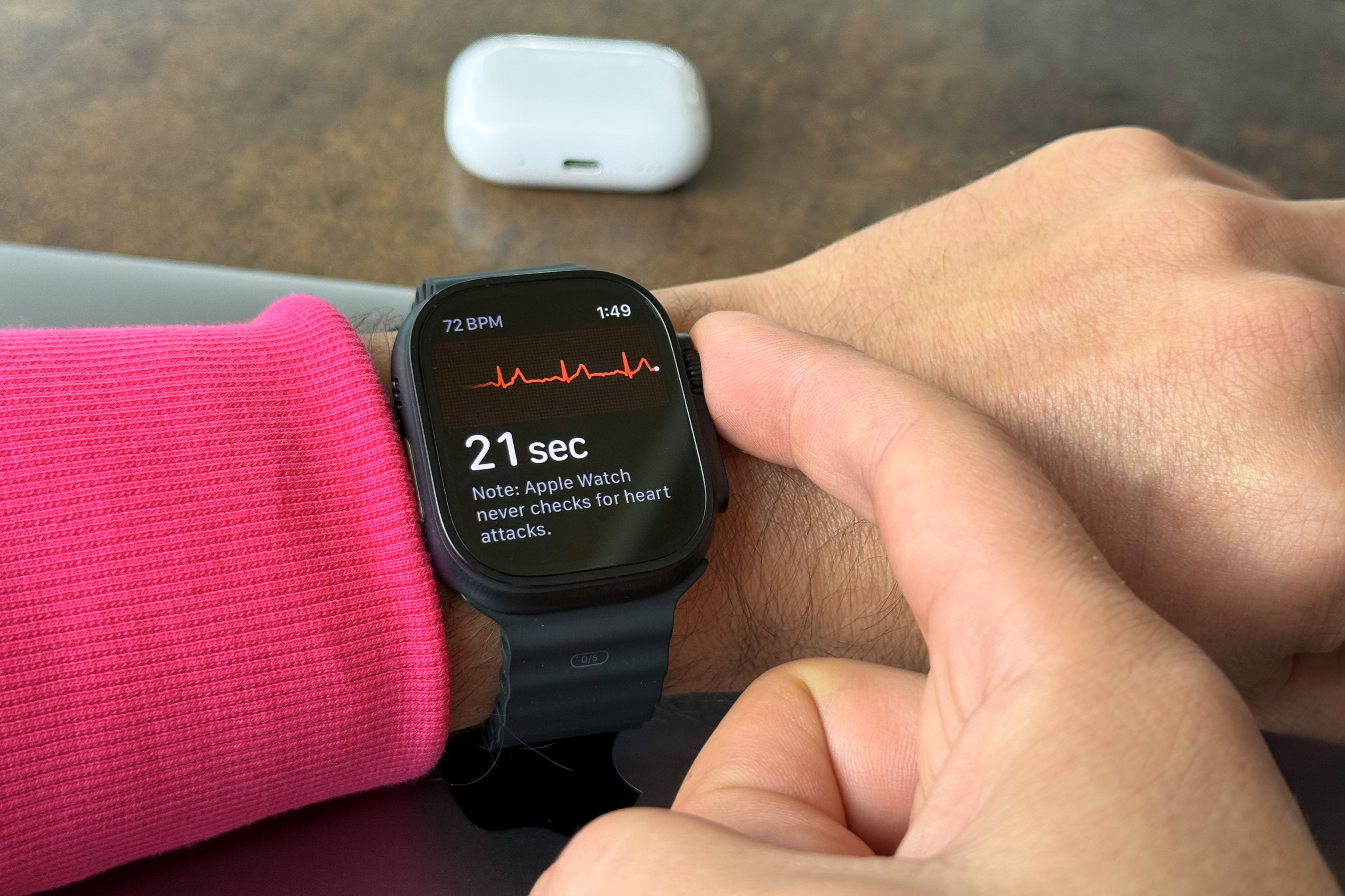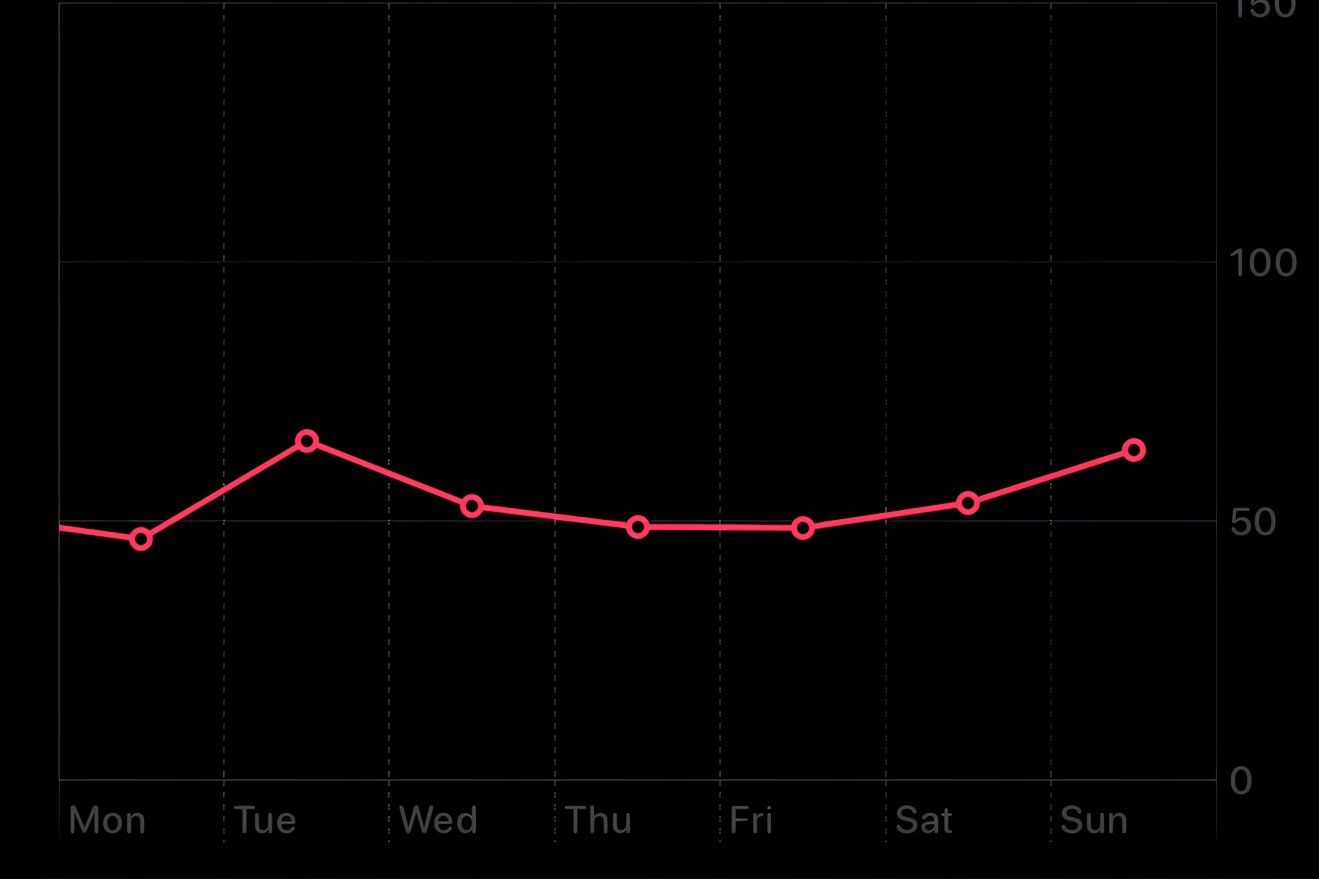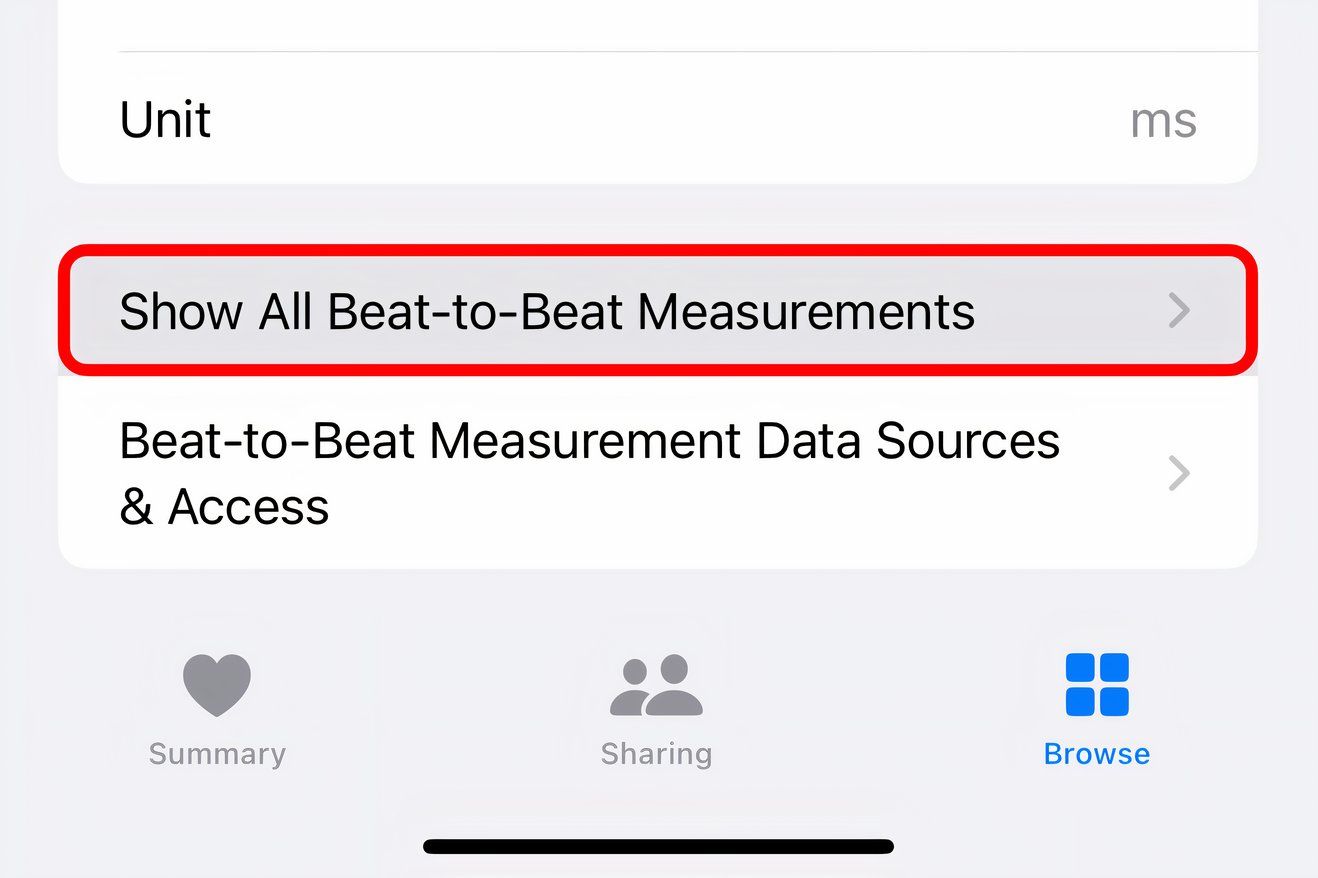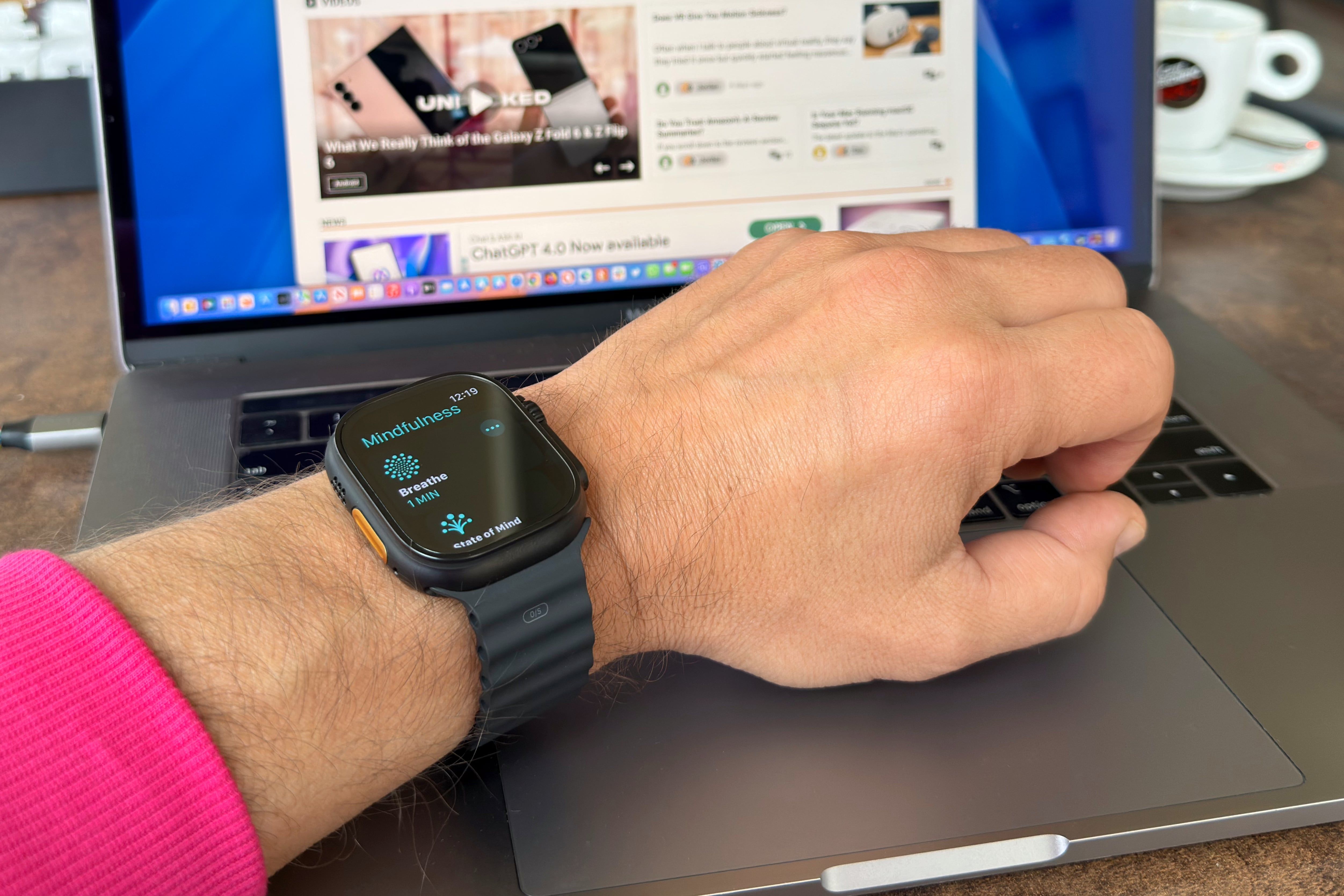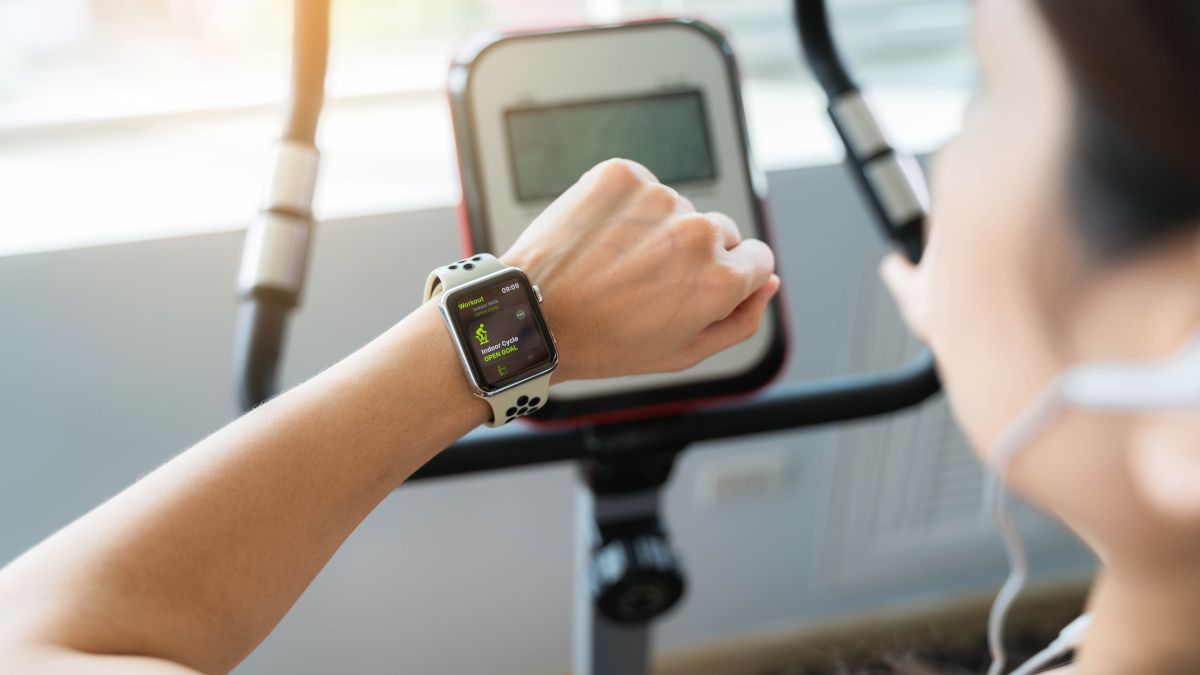Key Takeaways
- HRV is tracked by Apple Watch to measure overall physical state & mental stress.
- HRV measures the variation between heartbeats to indicate autonomic nervous system activity.
- Individual trends matter more than absolutes when interpreting HRV measurements.
Apple Watch automatically tracks your heart rate variability (HRV) values, an important health metric that serves as a good indicator of your overall physical state and mental stress. Here’s why HRV matters, how to check it with your Apple Watch, and how to interpret your results.
This author is not a doctor. This is a technology article explaining an Apple Watch feature. If you have any concerns about your health, contact your physician.
What Is HRV? Why Does It Matter?
The time period between your heartbeats fluctuates slightly. This is perfectly normal because your heart rate changes dynamically depending on what you’re doing at the time. Heart rate variability is a measure of how much the time interval from beat to beat varies.
Your autonomic nervous system (ANS), which regulates your breathing, digestion, heart rate, and other unconscious bodily functions, comprises the sympathetic nervous system (SNS) and the parasympathetic nervous system (PNS).
The SNS reacts to stress and controls the “fight-or-flight” response that your body activates when faced with an immediate threat. The PNS, on the other hand, controls “feed-and-breed” and “rest-and-digest” activities such as salivation, digestion, urination, and so on. In other words, it’s what ticks over when your body is at rest.
https://www.shutterstock.com/image-vector/heart-rate-variability-hrv-infographics-mind-2431759033
Your HRV can indicate ANS activity pretty accurately. When the SNS is active—like when you haven’t slept too well, are fighting with your partner, or are otherwise a bit stressed—the variation between heartbeats is lower than when the PNS is active. Conversely, when relaxed and chilled out, your heart rate just bounces around a bit more.
A normal heart rate for adults resting is between 60 and 100 beats per minute.
Your heart rate increases when moving or under stress as the heart starts pumping more blood to oxygenize the muscles faster to produce more energy when you exert yourself.
The more heartbeats per minute, the shorter the interval between them (resulting in lower HRV values). Conversely, resting or sleeping decreases your heart rate. Fewer beats per minute mean longer time intervals between heartbeats, yielding a higher HRV.
What Is a Good HRV Measurement?
There are no absolutes when it comes to HRV, only individual trends. As a rule of thumb, high HRV is good, and low HRV is bad. However because HRV is so highly individualized, you should only compare HRV values to your baseline and never to other people.
According to
WebMD
, various clinical research studies measuring HRV in different age groups have shown that the average HRV for adults is 42 milliseconds, with the range between 19 and 75 milliseconds.
Your HRV can vary significantly during the day, trending higher when sleeping than after you wake up. A higher HRV can mean you’re relaxed, rested, or happier. A lower HRV might indicate you’re under stress, haven’t slept well, or your body is not ready to perform.
But what is an abnormally low HRV for one person can be a high for someone else. Fit folks may have higher HRV values than others. HRV also tends to decline as you get older.
Some medical conditions like diabetes, high blood pressure, chronic obstructive pulmonary disease, and chronic kidney insufficiency can lower your HRV. Other factors, including gender, genetics, hydration, exercise, illness, and even your diet, influence your HRV as well. However, stress is among the biggest contributors to HRV.
Because HRV depends on a myriad of health factors, what you’re really looking for is a change in HRV. If your HRV drops lower over a few days, you might be more stressed than normal, burning too much midnight oil, or even getting sick. Or, it could be something simpler. Maybe you’ve been exhausting yourself at work and need to take a day or two off.
A small-scale research study
undertaken by Canada’s University of Waterloo in 2022 showed that HRV data collected by Apple Watch could predict stress levels reliably, while
a 2024 Harvard study
highlighted the importance of HRV to overall wellbeing.
Can You Rely on Apple Watch’s HRV Tracking?
A 2018 study comparing Apple Watch to a dedicated heart rate tracker found Apple’s wearable device pretty accurate in HRV tracking. HRV is derived from heart stats collected by the watch’s onboard sensors (among other data), meaning this study indirectly suggests we can trust Apple Watch’s HRV measurements.
An electrocardiogram (ECG) from your doctor will always be the gold standard for HRV. However, a 2023 study found no significant differences between the Apple Watch’s ECG and the 12-lead ECG. Plus, the U.S. Food and Drug Administration (FDA) approved Apple Watch’s heart monitoring for detecting atrial fibrillation (AFib) for people 22 years and older.
How to Check Your HRV With an Apple Watch
Apple Watch automatically calculates HRV as part of heart rate tracking throughout the day, including when sleeping. There are a few ways to measure variations between beats; Apple uses SDNN, which gives a value in milliseconds. Here’s my HRV graph for a one-week period.
To view your own HRV graph, open the Health app and navigate to Browse > Heart > Heart Rate Variability. You can switch between daily readings, weekly and monthly averages, and trends over the past six months or year by hitting the D, W, M, 6M, and Y buttons at the top.
To view all saved HRV records, scroll down and choose “Show All Data.”
Or, scroll down and choose “Show All Beat-to-Beat Measurements” for even more details.
To force an HRV measurement, initiate a Breathe session by opening the Mindfulness app and choosing the Breathe option, then inhale and exhale as the animation grows and shrinks.
When the session ends, the algorithm will calculate your HRV and save it to the Health app.
To get the most accurate heart rate and HRV measurements, connect an HRV-capable ANT monitor such as Whoop Strap, Oura Ring, Elite HRV CorSense, Polar, Suunto, or similar to your Apple Watch via Bluetooth.
10 Apps for Deeper Insights Into HRV Data
You can dig deeper into HRV and other heart data saved in Health using third-party iPhone apps. The 10 HRV apps we should recommend include in no particular order:
I prefer HeartWatch as it shows sleeping HRV and waking HRV separately.
Tips to Improve Your HRV Number
Because HRV is affected by factors like fitness and sleep, it can tell you whether you need to make lifestyle changes to improve your wellbeing. Everyone should try to increase their HRV measurements by making proper lifestyle changes.
A great tip for improving your HRV number is better sleep hygiene and tracking sleep with your Apple Watch to ensure you’re getting enough rest each night. Cleveland Clinic generally advises taking care of your body and mind. For example, quitting smoking and reducing alcohol consumption not only improves your HRV but also your cardiovascular health.
To improve HRV tracking, be sure to
take a Breathing session
twice per day, once in the morning when you wake up and another one before going to sleep.
Other recommended changes include eating healthy foods rich with antioxidants, socializing more to reduce isolation and solitude which lead to anxiety and depression, lessening exposure to heat and noise, losing weight, practicing focused breathing, avoiding drugs and stimulants, and cutting down on your caffeine intake.
Meditating regularly (Apple Watch can help with that), cold therapy and gratitude journaling may also help improve your HRV. Tracking your HRV over time will clearly demonstrate how making good lifestyle changes can positively affect your health and well-being.
While HRV is an increasingly popular health measurement, it’s still quite esoteric. That’s why there are no generally accepted HRV values for clinical purposes. Additional research is needed to clearly prove the benefits of consistently monitoring HRV.
Maybe this is why the Apple Watch tracks HRV but does little else with it. That may change in the future. For the time being, feel free to keep an eye on your HRV and see how it varies over time with different activity and sleep levels as you continue about your daily life. Needless to say, you should contact your doctor if you’re at all concerned about what you’re seeing.
I’m on a mission to increase my HRV through exercise, sleep, and meditation, and so should you. People with a high HRV usually have greater cardiovascular fitness and better adapt to stress. But to get there, you need to stop being a couch potato and start moving!


